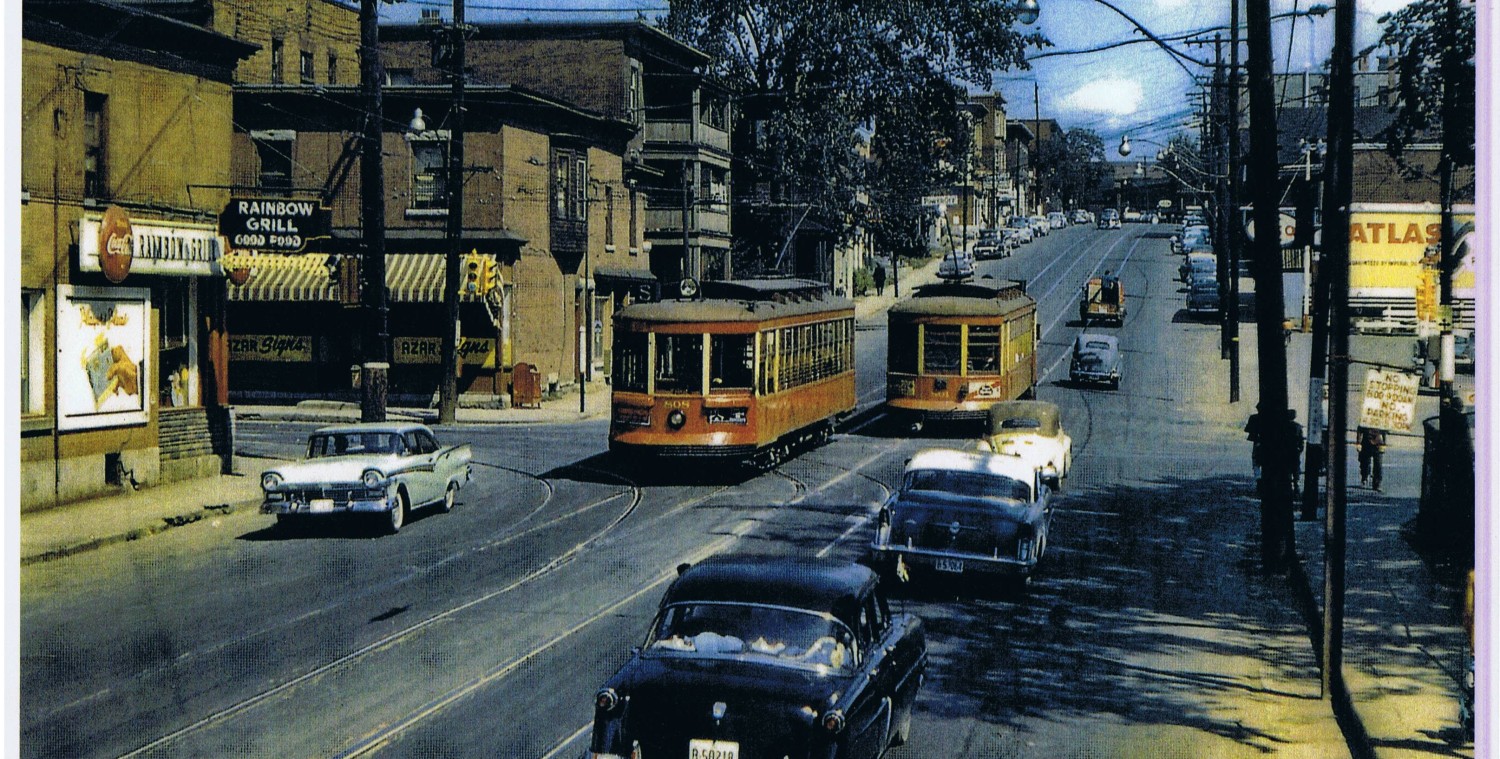Naked Streets are ones stripped of the many motorist-oriented clues such as signage, curbs, and lighting that allow/encourage motorists to speed up (because they create certainty) and which transfer the risk of driving onto pedestrians, cyclists, and adjacent residents.
By removing signs, etc, the motorist is now supposed to have to pay more attention to his surroundings, reading the clues, and adapting behaviour to the specific environment.
I have seen many of these “in action” in Europe. My current opinion is that they may work where pedestrians outnumber motorists, but once there are a fair number of motorists then the cars “push” people off the street to the perimeter zones (provided they aren’t convenient parking spots).
I have been particularly harsh with the Imported From Toronto naked street concept for Sidney and Adeline Streets in the new Preston-Carling realm study. Three 40 storey condo towers, plus a nine storey tower, plus a 18 storey tower (and this still leaves one lot vacant for yet another tower) will all be accessed via the same street, which will have no curbs. This means a car every few seconds at rush hour. Pedestrian sidewalks will be marked out with different colour paving stones, visible at least six months of the year.
Will these really be pedestrian friendly streets?
The new, revitalized Lansdowne Parke urban space has quite a number of these naked streets (in my day, streaking was done on the football field). They will have cars and delivery vehicles accessing the stores and businesses there. And the entrance to the condo garages are off these naked streets.
So how well do pedestrians fare at Lansdowne Parke? Well, even when the new streets are decidedly unbusy, as the stores aren’t open, nor the condos occupied, Ottawa’s finest decided the ideal spot to park their vehicles wasn’t on the unused roadways, but rather RIGHT ON THE MIDDLE OF THE SIDEWALKS.
Naked streets? Pedestrian utopia? Urban Nirvana?
Dead pedestrians.




Bad cop. No doughnut.
Here’s a lesson from Montreal: A developer built something not approved. Rather than adopting the Ottawa philosophy of “It’s built, we can’t do anything about it” the city had the offending fourth story of the building demolished. http://coolopolis.blogspot.ca/2014/10/developer-forced-to-demolish-top-floor.html
Perhaps we need to have some aggressive enforcement like that… but I don’t think city planners would like it…
The concept of shared space is to create enough friction to force all users to interact and negotiate with each other with design instead of just signs (pun!). That friction can come in the form of a large number of pedestrians, but also street furniture, trees and, if necessary, bollards. So if you can’t rely on a heavy number of pedestrians, then you’ve got to do more with street furniture to accomplish the task.
So in this Lansdowne example, perhaps there should have been a row of trees to keep cars from thinking that the sidewalk is parking (which should have been indicated by a change of paving on the street or some other design cue).
EDIT:
I actually see that there IS a row of trees, bollards and a gutter to the right of the parked cars. I think that they actually ARE in a designated parking spot and that it’s the construction, not the cop cars, which is taking up the actual sidewalk.